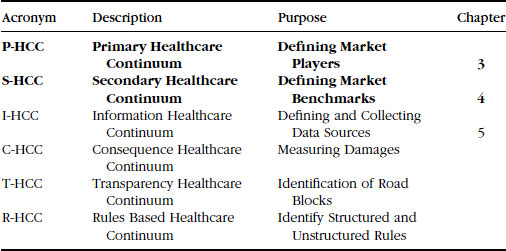Audit Continuum Models Overview: Implications for Prevention, Detection, and Investigation
Benchmarking is critical to any audit or investigation. Simply put, once data is collected, identified, and analyzed, it must be compared to some type of standard or frame of reference. The data, in and of itself, could result in the modification of a standard or create a new one. Regardless, some type of reference point should be identified to fully appreciate the implication of the subject being analyzed. Some reference points can be simple and straightforward. For example, it is obvious, in the case of Dr. Traveler that Medicare, Medicaid, or any private health insurer carrier would not carry nor provide for treatment of home health visits once the patient is deceased. However, having a high volume of patients who coincidently have congestive heart failure could be easily explained by the fact that the doctor is a cardiologist. Therefore, it would not be unusual for him to have a disproportionate share of this type of patient, just as an oncologist would have a disproportionate share of patients with cancer. Exhibit 4.2 summarizes the current progression of this continuum audit model. Chapter 5 will progress with a review of the information continuum and its application to Dr. Traveler.
Exhibit 4.2 Continuum Audit and Investigative Model

Get Healthcare Fraud: Auditing and Detection Guide, 2nd Edition now with the O’Reilly learning platform.
O’Reilly members experience books, live events, courses curated by job role, and more from O’Reilly and nearly 200 top publishers.

